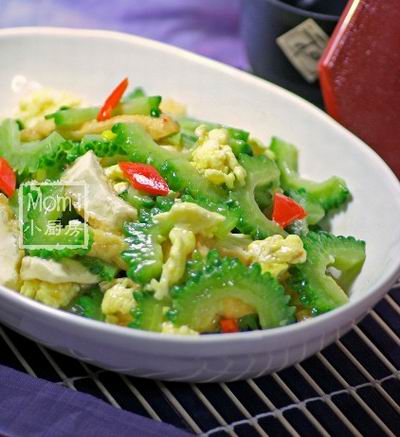Have you tried “Bitter Melon” (苦瓜, Ku Gwa in Chinese)? Probably not. After the first bite you’ll say “What the… How can people eat this stuff on a regular basis??” And I agree, it is bitter and rough to get down. But many vegetables which have rather potent flavors in nature are full of great nutrients for our bodies. Think of it like a bank protecting its vault. The more valuable the contents, the more heavy-duty the lock! An appreciation for such vegetables is often steeped in the food culture of the local people where these mini-banks grow naturally.
Why don’t we make these choices too? Well, somewhere along the way of building our commerce-driven empire, we began allowing business to dictate what we should eat rather than carry forward traditions from the Old World. And after years of recalibration to the new norm, it is not going to be easy to switch back. We believe that healthy food isn’t delicious food because our preferred tastes have led us to diets full of sweet and salty “food-like substances,” a term I’ve borrowed from Michael Pollan’s book, In Defense of Food. If our parents, friends, and coworkers began to redevelop the habit of traditional, ethnic cooking, we would certainly notice a difference in our waistlines and overall health.
My last thought: If Korean children are stating publicly that their favorite food is Kimchi (a spicy, pickled cabbage dish), and not ice cream, then there is a lot we can learn from the survival of traditional food values in a small but very modernized country.



 Custom Search
Custom Search
Pingback: The Oily Chinese Food Debate: Healthy or Not? – Asian Living.me
Pingback: The Two Kinds of Chee – Asian Living.me